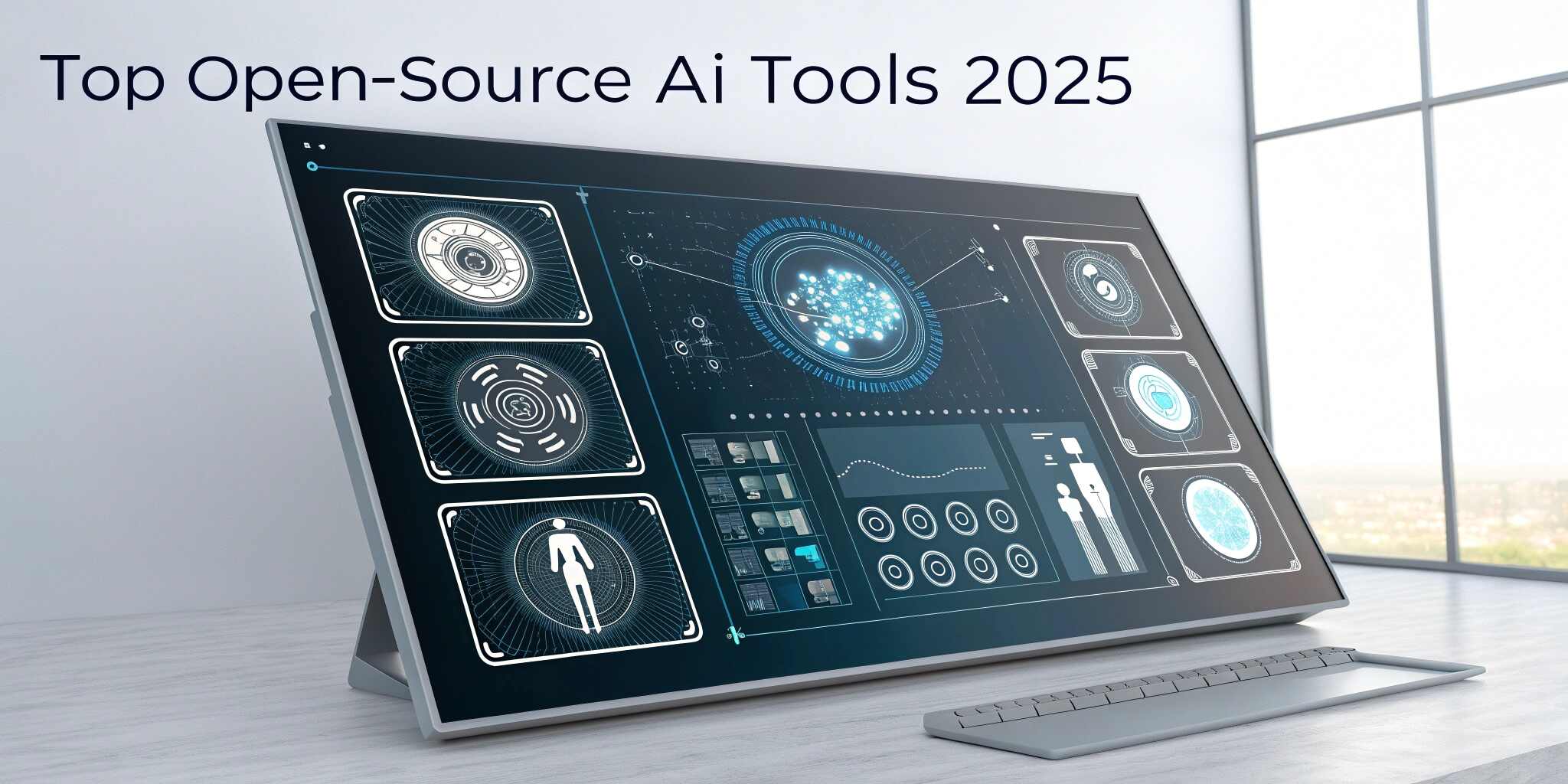Open-source AI tools have become the backbone of innovation in machine learning and artificial intelligence. In 2025, the open-source ecosystem continues to thrive, offering scalable, community-driven solutions for model development, deployment, and management.
Here’s a list of the top open-source AI tools that are dominating the landscape in 2025 and why they matter for IT teams, developers, and enterprises.
1. TensorFlow 3.0
Use case: Deep learning, computer vision, NLP, time series
Why it stands out:
- Enhanced performance for GPU and TPU computing
- Built-in support for edge AI and mobile inference
- Strong Keras integration and user-friendly APIs
- Best for: Scalable AI in production environments.
2. PyTorch 3.1
Use case: Research-first deep learning framework
Why it stands out:
- Dynamic computation graph for flexibility
- Improved support for LLMs and transformer-based models
- TorchX and TorchServe improvements for deployment
- Best for: Researchers and agile development teams.
3. Hugging Face Transformers
Use case: Natural language processing (NLP), generative AI
Why it stands out:
- 100,000+ pretrained models available
- Integration with ONNX, PyTorch, TensorFlow
- Expanding into computer vision and speech
- Best for: Fast prototyping and working with LLMs.
4. LangChain
Use case: Building AI agents, applications with LLMs
Why it stands out:
- Easily create AI-powered chatbots and tools
- Built for combining multiple LLMs, tools, APIs
- Works with OpenAI, Anthropic, Cohere, and open-source models
- Best for: Developers creating intelligent assistants.
5. OpenLLM by BentoML
Use case: Serving and managing large language models
Why it stands out:
- Open-source alternative to proprietary LLM platforms
- CLI tools for fine-tuning, deployment, and monitoring
- Plug-and-play with Hugging Face, Falcon, Mistral
- Best for: Teams looking to deploy open-source LLMs securely.
6. MLflow
Use case: ML lifecycle management
Why it stands out:
- Track experiments, models, and metrics
- Scalable model registry
- Great for MLOps pipelines
- Best for: Organizations scaling their AI/ML pipelines.
7. DVC (Data Version Control)
Use case: Version control for ML datasets and experiments
Why it stands out:
- Git-like experience for data and models
- Works with any ML framework
- Simplifies collaboration on AI projects
- Best for: Teams with complex ML workflows.
8. Haystack by deepset
Use case: Building custom search engines powered by LLMs
Why it stands out:
- Enables RAG (Retrieval-Augmented Generation) pipelines
- Integrates easily with Elasticsearch, OpenSearch
- Used in production by many enterprises
- Best for: Knowledge management and enterprise search solutions.
Conclusion
The AI world in 2025 is rich with open-source innovation. From model training to real-world deployment, these tools empower organizations to build smarter, faster, and more responsible AI. Whether you’re a researcher experimenting with new models or an enterprise deploying scalable solutions, these open-source platforms provide the flexibility, performance, and community support you need.
Open-source is no longer just an option—it's the standard.


